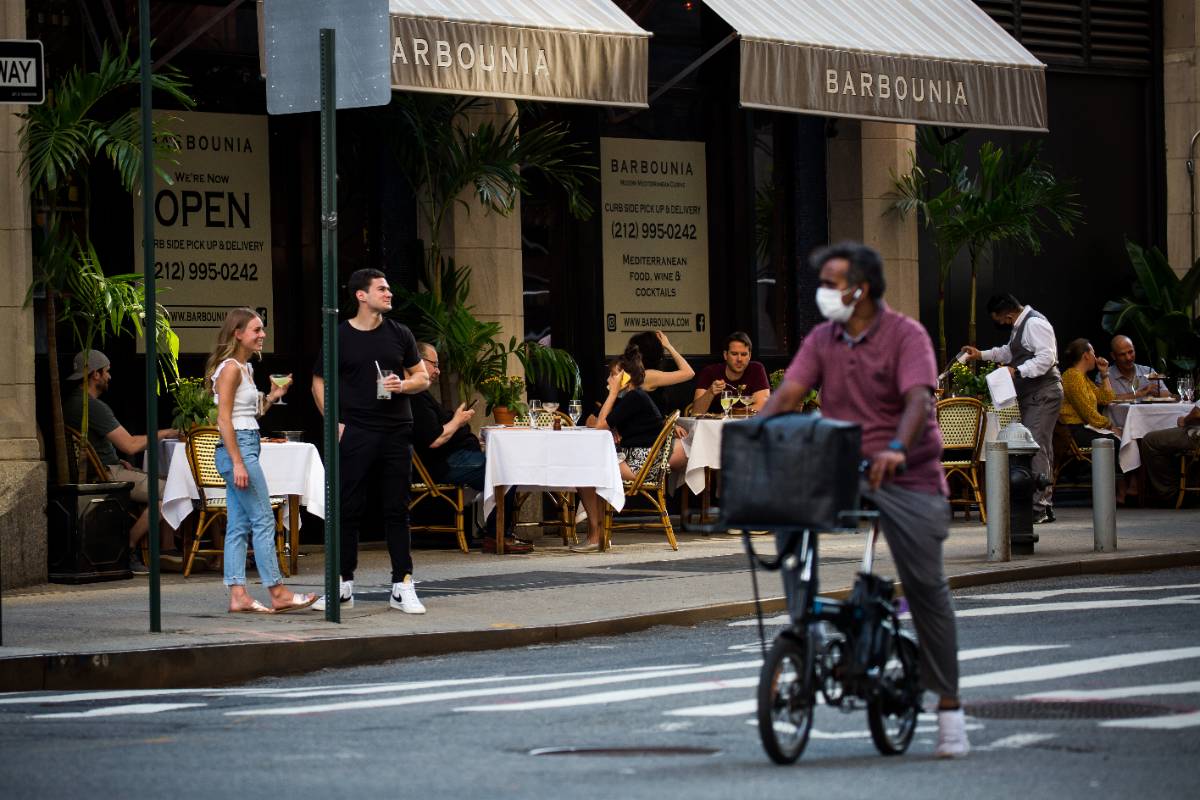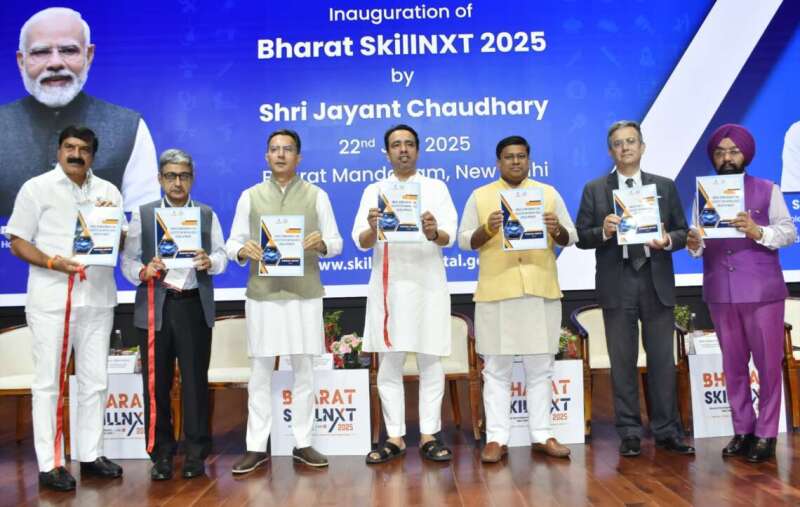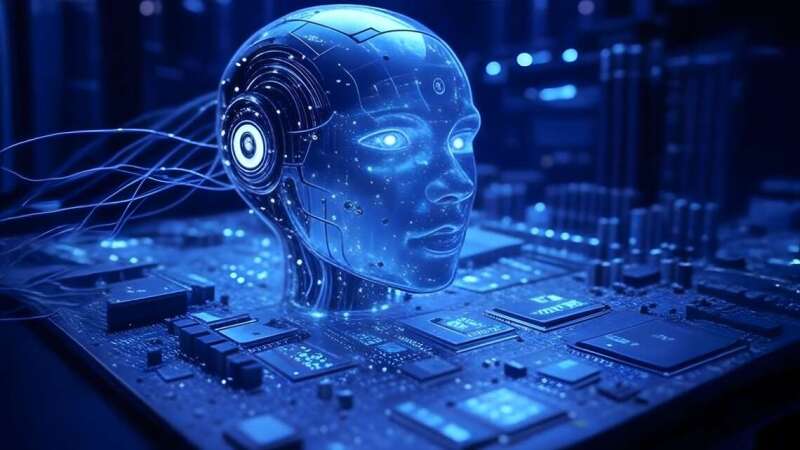Scientists have found new evidence that the Moon’s subsurface might be richer in metals, like iron and titanium, than previously thought.
The study, published in the journal Earth and Planetary Science Letters, sheds new light on the composition of the dust found at the bottom of the Moon’s craters.
Led by Essam Heggy from the University of Southern California, and the team members of the Miniature Radio Frequency (Mini-RF) instrument on NASA’s Lunar Reconnaissance Orbiter (LRO) mission used radar to image and characterise this fine dust. They revealed that that the Moon’s subsurface may be richer in metals than scientists had believed.
“By improving our understanding of how much metal the Moon’s subsurface actually has, scientists can constrain the ambiguities about how it has formed, how it is evolving and how it is contributing to maintaining habitability on Earth,” Heggy said.

According to the researchers, the fine dust at the bottom of the Moon’s craters is actually ejected materials forced up from below the Moon’s surface during meteor impacts. When comparing the metal content at the bottom of larger and deeper craters to that of the smaller and shallower ones, the team found higher metal concentrations in the deeper craters.
According to the researchers, the traditional hypothesis is that approximately 4.5 billion years ago there was a collision between Earth and a Mars-sized proto-planet (named Theia). Most scientists believe that that collision shot a large portion of Earth’s metal-poor upper crust into orbit, eventually forming the Moon. One puzzling aspect of this theory of the Moon’s formation has been that it has a higher concentration of iron oxides than the earth–a fact well-known to scientists.
This particular research contributes to the field in that it provides insights about a section of the Moon that has not been frequently studied and posits that there may exist an even higher concentration of metal deeper below the surface. It is possible, say the researchers that the discrepancy between the amount of iron on the Earth’s crust and the Moon could be even greater than scientists thought, which pulls into question the current understanding of how the Moon was formed.
The team plans to continue carrying out additional radar observations of more crater floors with the Mini-RF experiment to verify the initial findings of the published investigation.









